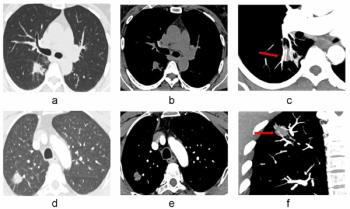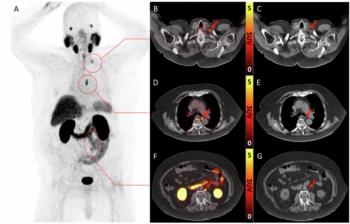
Lantheus diversifies supply of radioisotope
Other headlines:Brit readies PACS launch for SIIM
Lantheus diversifies supply of radioisotope
Lantheus Medical has signed NTP Radioisotopes as a supplier of molybdenum-99, which generates technetium, a key component of Lantheus' SPECT nuclear cardiology agent Cardiolite. The agreement provides a second source of the radioisotope generator, which Lantheus had previously obtained primarily from the aging Canadian nuclear reactor at Chalk River (
Brit readies PACS launch for SIIM
PACS/IT vendor Brit Systems will launch its next-generation, browser-based PACS, Roentgen Works, at the Society for Imaging Informatics in Medicine conference next month in Charlotte, NC. The company will also release SpeechWorks, a voice recognition and real-time structured reporting solution that can be integrated with the BRIT Vision workstation, and UrgentWorks, a browser-based critical results reporting and discordance tool.
Newsletter
Stay at the forefront of radiology with the Diagnostic Imaging newsletter, delivering the latest news, clinical insights, and imaging advancements for today’s radiologists.






























